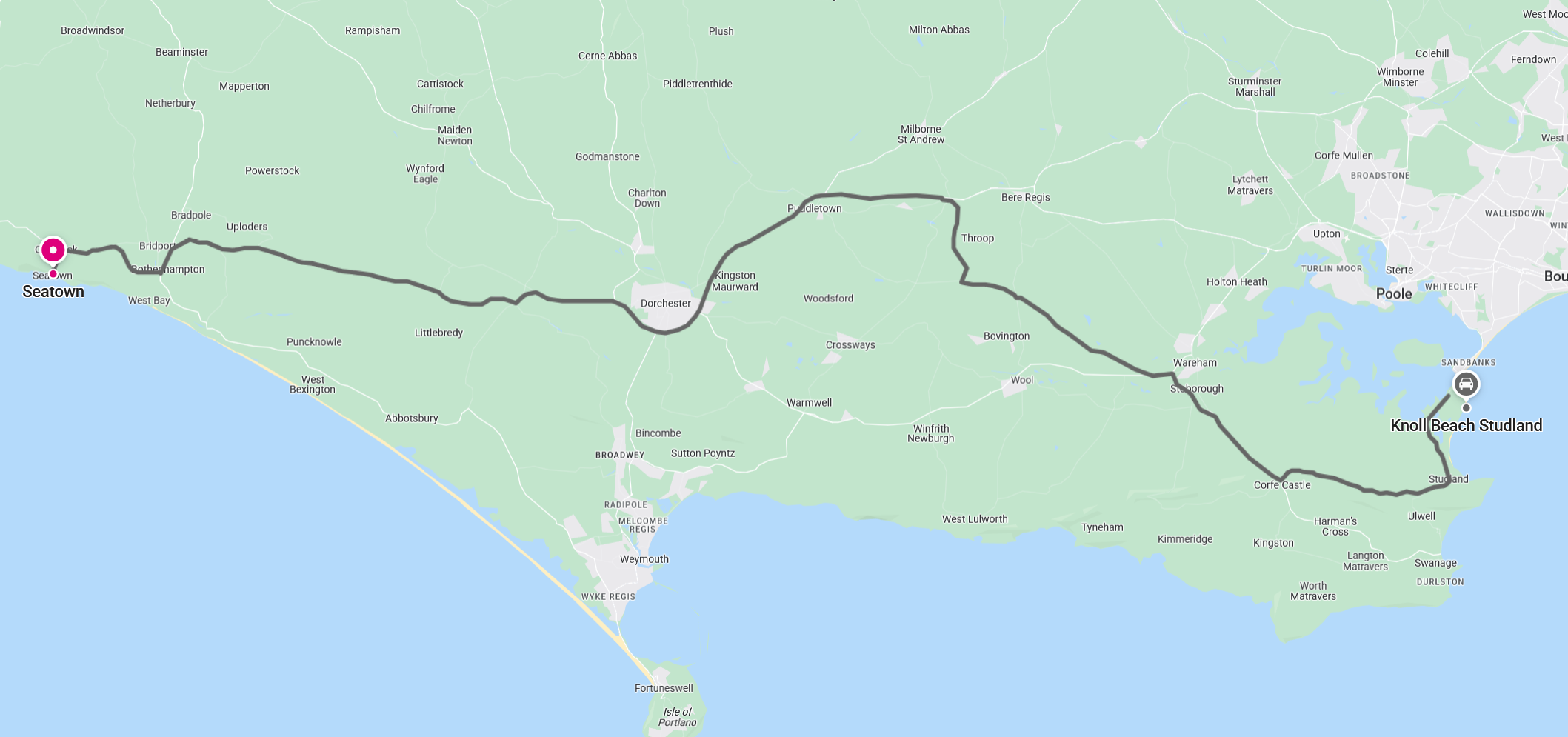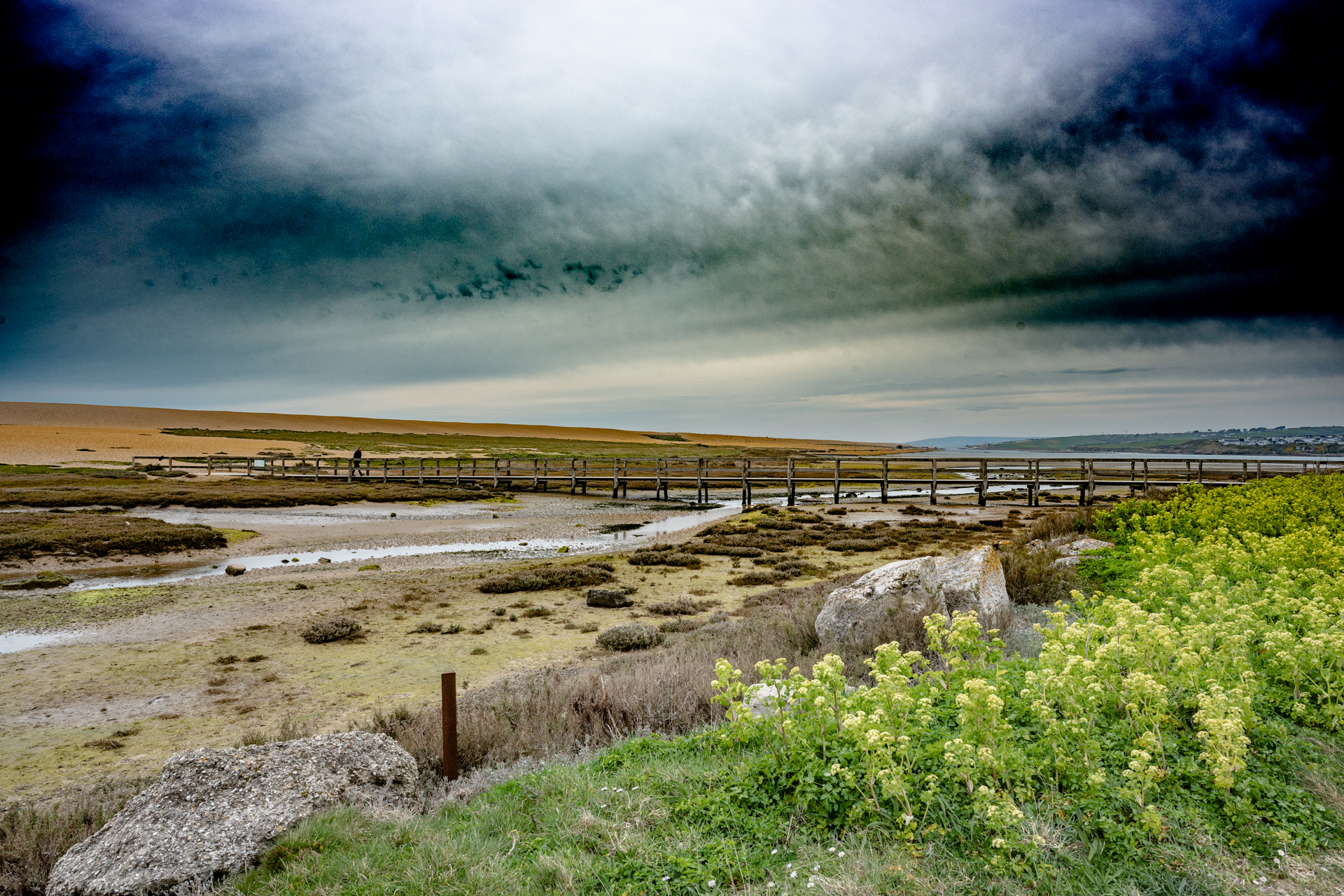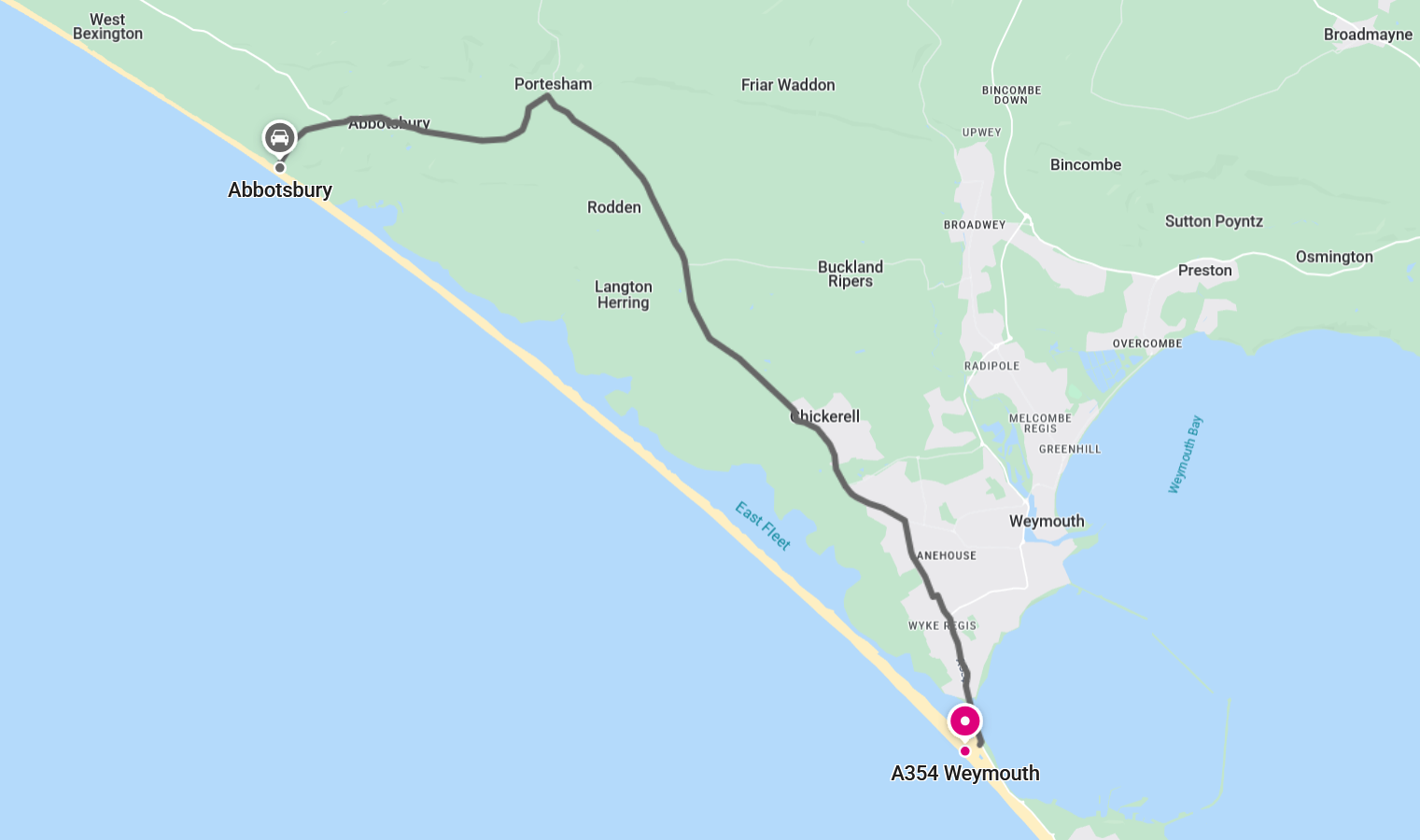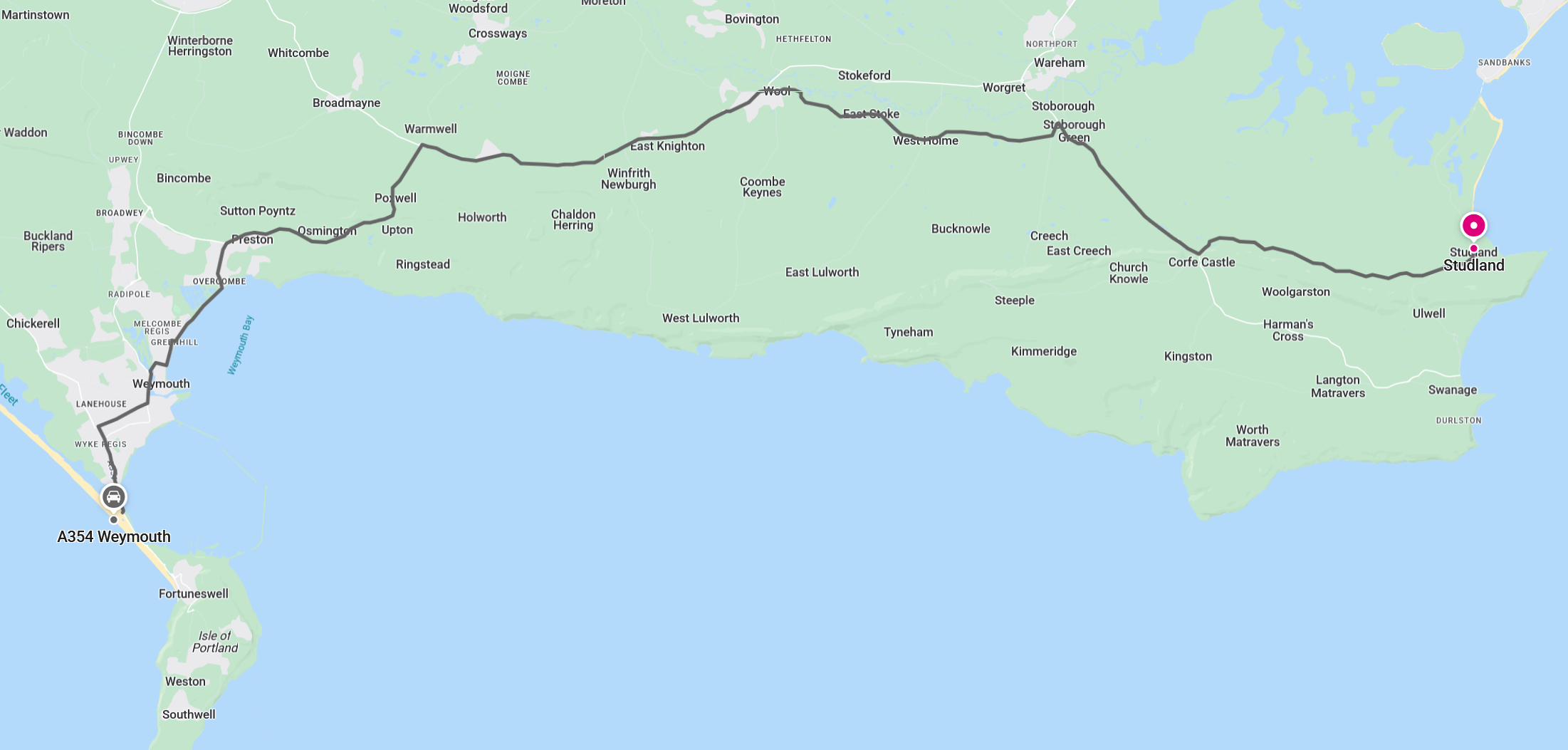Seatown
Seatown is a charming coastal hamlet in Dorset, England, located on the English Channel approximately 3 miles west-southwest of Bridport. It lies within the civil parish of Chideock and forms part of the renowned Jurassic Coast—a UNESCO World Heritage Site celebrated for its remarkable geological history spanning nearly 185 million years .
The hamlet is known for its peaceful, shingle-sheltered beach, which offers a more serene environment compared to busier nearby beaches. This quiet setting makes it a favorite with locals, fossil hunters, and walkers alike. The beach also serves as an excellent starting point for scenic coastal walks, especially toward Golden Cap—situated about 1 mile to the west—which is the highest point on the south coast of England .
In addition to its natural allure, Seatown caters to visitors with well-thought-out local amenities. A notable example is The Anchor Inn, a popular pub and boutique accommodation that offers fresh local produce, award-winning seafood, and breathtaking sea views. The presence of a small shop and facilities such as a privately managed car park further contribute to making Seatown an inviting destination for day-trippers and those looking to explore the beauty of the Dorset coastline .
Together, these features make Seatown an attractive spot for experiencing the best of Dorset’s coastal heritage—from its fossil-rich, dramatic cliffs along the Jurassic Coast to its welcoming local community and culinary delights.
References
Text generated by Microsoft CoPilot
- Discovering Fossils – Resources
- The Anchor Inn, Seatown Dorset
- Dorset Walks – Seatown Dorset overview





























